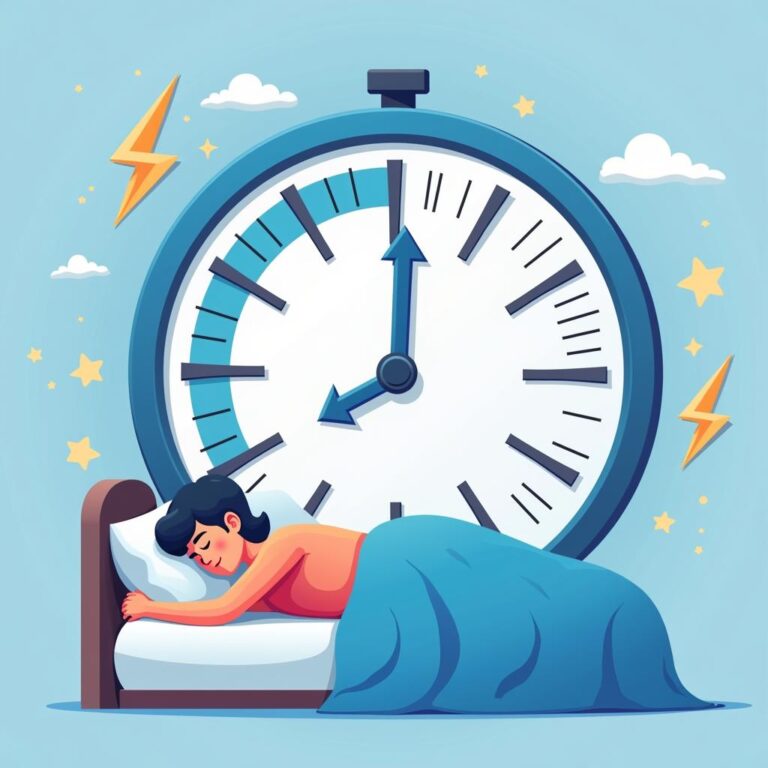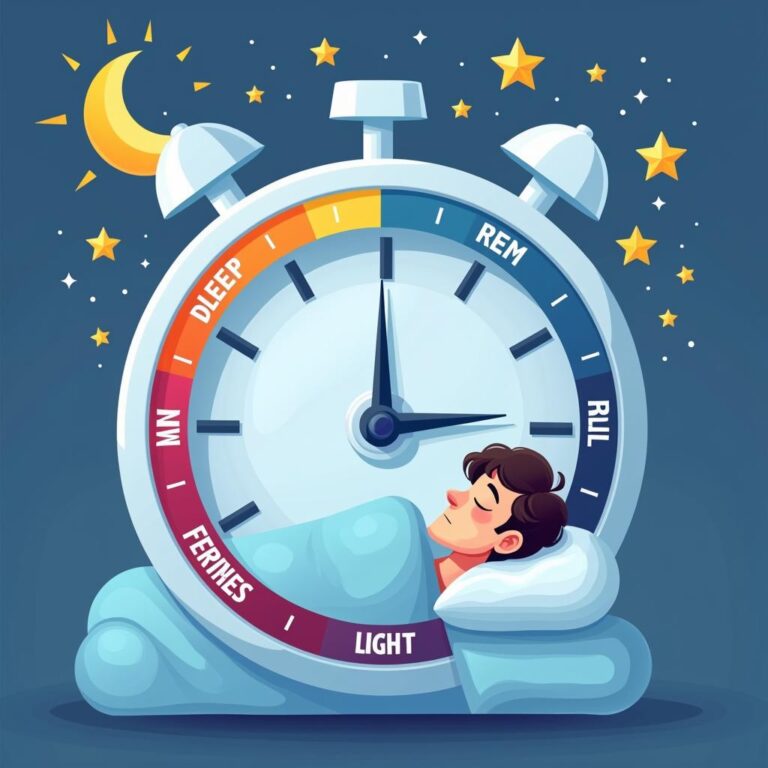In today’s fast-paced world, students often find themselves juggling classes, assignments, extracurricular activities, and social commitments. With so much on their plates, it’s no surprise that many students seek ways to recharge their energy levels. One effective strategy is napping. However, not all naps are created equal. Understanding the perfect nap length for students can greatly enhance their productivity and overall well-being.
Importance of Napping for Students
Napping is not just a luxury; it’s a necessity for many students. Sleep deprivation can lead to decreased cognitive function, impaired memory, and lower grades. A short nap can help mitigate these negative effects, allowing students to wake up feeling refreshed and ready to tackle their next task. Moreover, napping has been shown to reduce stress, improve mood, and increase alertness – all of which are crucial for maintaining academic performance.
The Science Behind Napping
Before diving into the perfect nap length, it’s essential to understand the sleep cycles. A full sleep cycle typically lasts about 90 minutes, cycling through various stages of light and deep sleep. Naps can be classified into three categories based on duration:
- Power Nap (10-20 minutes): This quick nap allows for light sleep and can boost alertness and energy without leading to sleep inertia.
- Short Nap (30-60 minutes): This duration may allow you to enter deeper sleep stages, which can improve memory and facilitate problem-solving.
- Long Nap (90 minutes): This length allows for a complete sleep cycle, promoting creativity, emotional stability, and enhanced procedural memory.
Finding the Perfect Nap Length
So, what is the perfect nap length for students? The answer may vary depending on individual needs, class schedules, and personal preferences. However, here are some recommendations based on research and common practices:
1. Power Nap (10-20 Minutes)
A power nap is ideal for students who need a quick boost of energy. This short nap trains the brain without entering deep sleep, which can leave you feeling groggy. The best time to take a power nap is usually in the early afternoon, when the body’s natural circadian rhythms can lead to post-lunch drowsiness.
2. Short Nap (30-60 Minutes)
If a student has a bit more time, a 30- to 60-minute nap may be ideal. This duration can bring you into the earlier stages of deep sleep, which has benefits for memory retention and cognitive function. A nap of this length can be particularly helpful before exams or during intense study sessions, as it primes the brain for better performance.
3. Long Nap (90 Minutes)
For those who need to recover from sleep deprivation, a 90-minute nap is an excellent option. As it encompasses a complete sleep cycle, students will awaken feeling refreshed and more alert, with reduced grogginess. This length is particularly supportive if the student has had a late night of studying or socializing.
Tips for Effective Napping
Maximizing the benefits of napping involves more than just choosing the right length. Here are some tips to create the optimal napping experience:
1. Find the Right Environment
Creating a conducive napping environment is crucial. Choose a quiet, dark, and comfortable place free from distractions. Consider using an eye mask or blackout curtains and earplugs to enhance the quality of your nap.
2. Set an Alarm
To avoid oversleeping and waking up groggy, set an alarm to ensure you nap for the desired length. This will help you stick to a consistent routine and get back to your studies or projects without losing significant time.
3. Avoid Late Afternoon Naps
Napping too late in the day can interfere with nighttime sleep. Aim to nap during the early afternoon, which is generally when the body naturally experiences a dip in energy levels.
4. Experiment and Adjust
Everyone’s sleep needs are different. Take time to experiment with various nap lengths and schedules to determine what works best for you and your body. Keeping a sleep journal can help track how different nap lengths impact your alertness and performance.
Conclusion
For students striving for peak performance, mastering the art of napping can be a game-changer. Whether you opt for a quick power nap or a longer 90-minute snooze, the perfect nap length can significantly boost your productivity and well-being. By following the tips outlined above, you can ensure that your napping strategy enhances your academic life rather than detracts from it. Remember, a well-timed nap might just be the secret weapon you need to excel in your studies!







